|
| Links |
We parsed the following live from the Web into this page. Such content is managed by its original site and not cached on Discover Life. Please send feedback and corrections directly to the source. See original regarding copyrights and terms of use.
- image, Cedar Creek
|
80x5 -
240x3 -
240x4 -
320x1 -
320x2 -
320x3 -
640x1 -
640x2
Set display option above.
Click on
images to enlarge. |
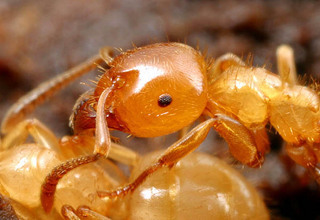
© Alex Wild, myrmecos.net, 2004
· 1
Acanthomyops claviger, worker, head |
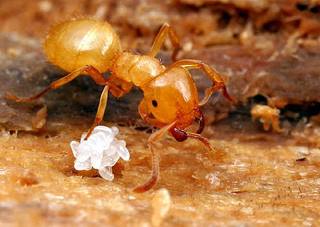
© Alex Wild, myrmecos.net, 2004
· 1
Acanthomyops claviger, worker |
|
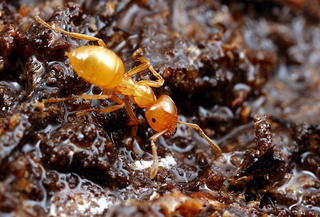
© Alex Wild, myrmecos.net, 2004
· 1
Acanthomyops claviger, worker |
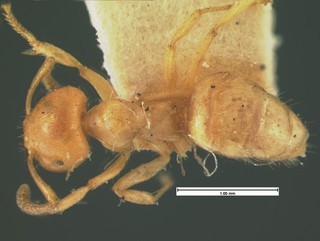
© Dan Kjar, 2004-2008
· 1
Acanthomyops claviger, top, CASENT105572 |
|
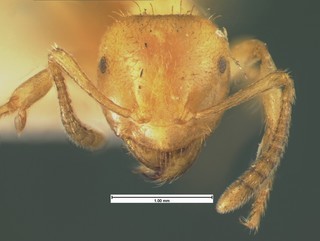
© Dan Kjar, 2004-2008
· 1
Acanthomyops claviger, head, CASENT105572 |
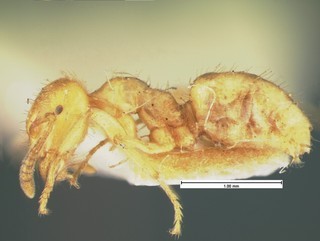
© Dan Kjar, 2004-2008
· 1
Acanthomyops claviger, side, CASENT105572 |
|
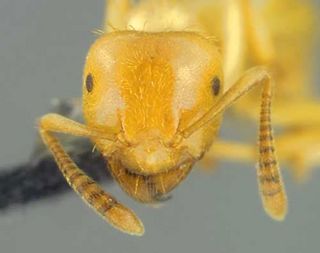
© Copyright Gary Alpert, 2005-2008
· 0
Acanthomyops claviger, head |
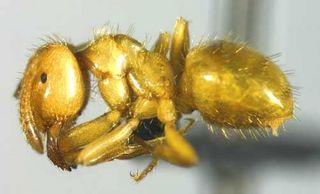
© Copyright Gary Alpert, 2005-2008
· 0
Acanthomyops claviger, side |
|
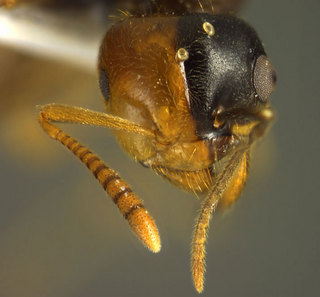
© Copyright Gary Alpert, 2005-2008
· 0
Acanthomyops claviger, gynosex, head |
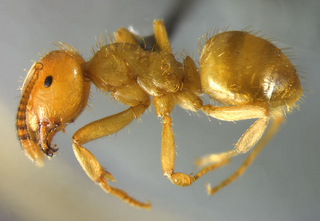
© Copyright Gary Alpert, 2005-2008
· 0
Acanthomyops claviger, side |
|
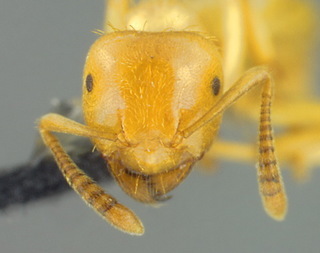
© Copyright Gary Alpert, 2005-2008
· 0
Acanthomyops claviger, worker, head |
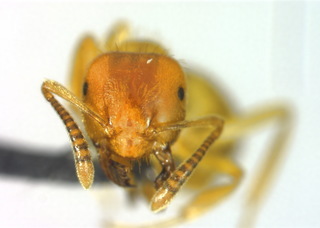
© Copyright Gary Alpert, 2005-2008
· 0
Acanthomyops claviger, worker, head |
|
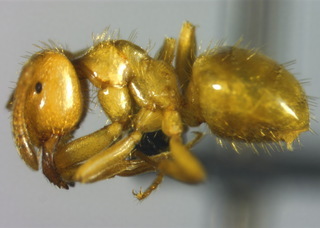
© Copyright Gary Alpert, 2005-2008
· 0
Acanthomyops claviger, worker, side |
|
Names | |
|
|
|
Natural history |
In Missouri
This is the most widely distributed and common of the eastern species of "citronella ants" (a.k.a. "lemon ants"). With their pale, yellow-orange color and
the strong lemon-verbena smell they emit when handled or disturbed, it is difficult to mistake this ant for any other ant, except perhaps for the other citronella ant species.
The most likely place to find Acanthomyops claviger in Missouri is in moist forests, under small logs or flat rocks. One may also encounter them while digging holes in garden soil for tree planting, etc. There are often exposed roots visible in the nest, and these have subterranean aphids (link), which feed on the sap of the roots. The aphids excrete a sweet liquid called honeydew (link) that is gathered by the ants. Honeydew apparently provides the ants' primary source of nutrients (in addition to the occasional immature aphid consumed for extra protein!).
The mating flights of Acanthomyops claviger occur on warm, sunny afternoons in October. The dark reddish-brown mated queens may be found wandering about slowly, or hiding under logs or rocks, throughout the fall, winter and early spring. Presumably, they use the cool weather to their advantage to find, enter
and gain acceptance in the nests of the related ant Lasius alienus. The colonies of this host species of ant serve as a ready-made work force that, if all
goes well, helps to raise the first workers of the citronella ant usurper queen. It is not known if the citronella queen kills the Lasius queen, or if she
somehow induces the Lasius workers to do so, or if the two queens coexist until the citronella ant workers that come along kill the host queen.
This and other unknown aspects of the natural history of citronella ants could be answered, possibly even in a single school year by a diligent science class, who are interested enough and can successfully rear captive ants. Lasius alienus is among the easier American ant species to keep alive and well in captivity.
|
|
| Supported by | |
|
Following served from image, Cedar Creek |
Top | See original context
Updated: 2024-04-28 04:46:59 gmt
|
